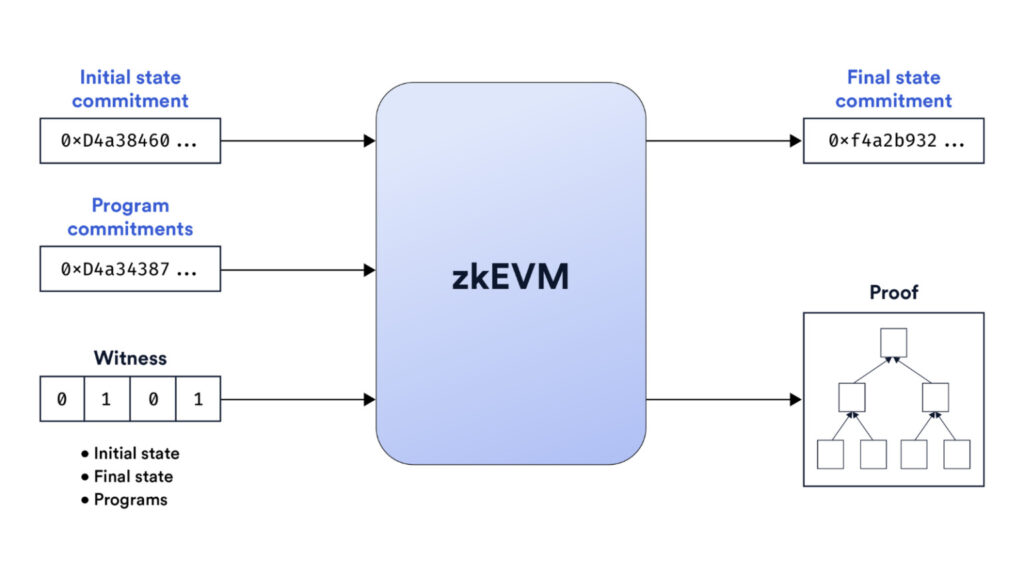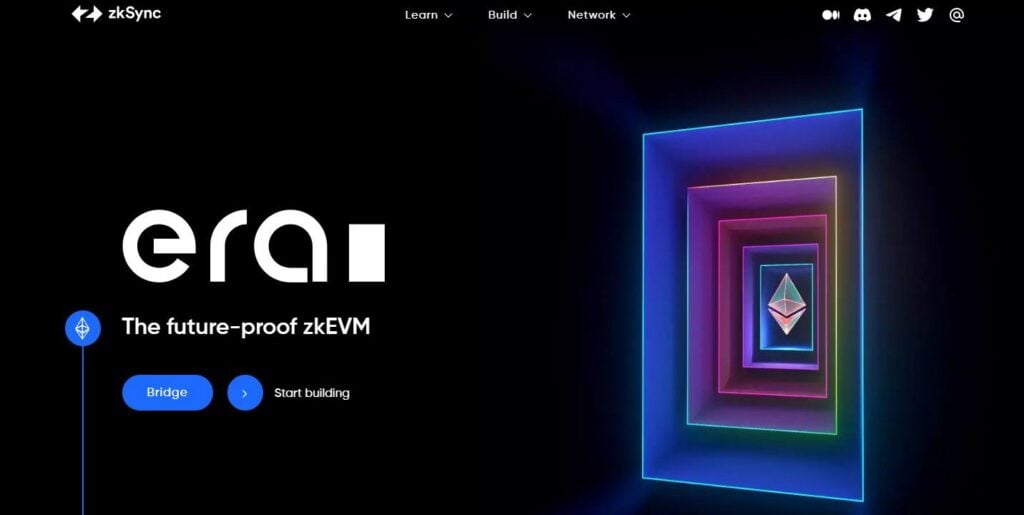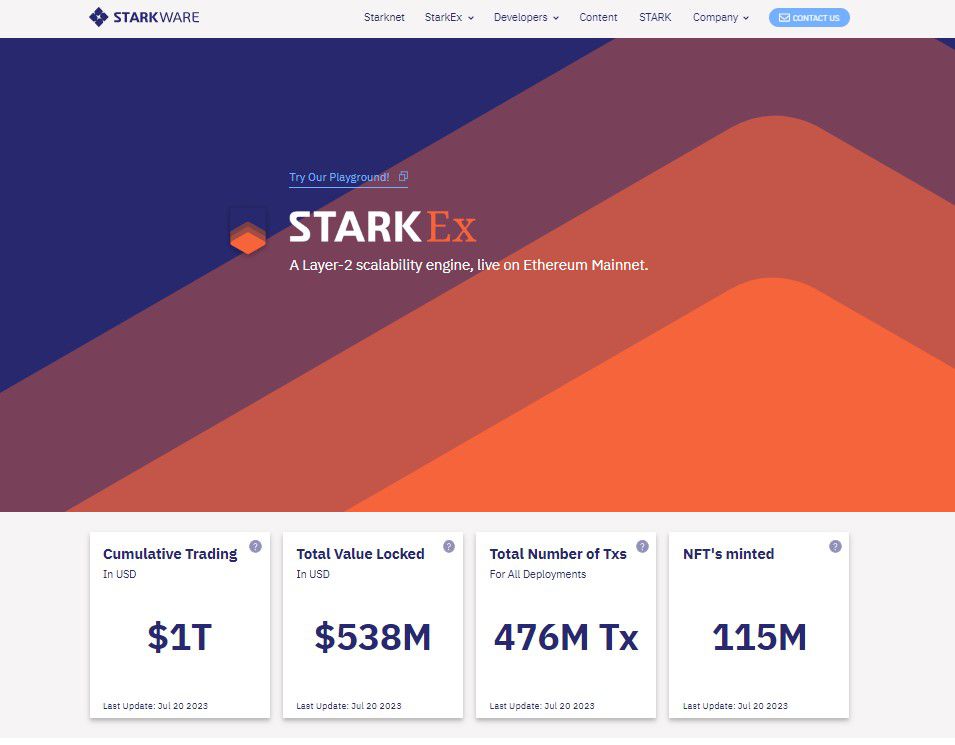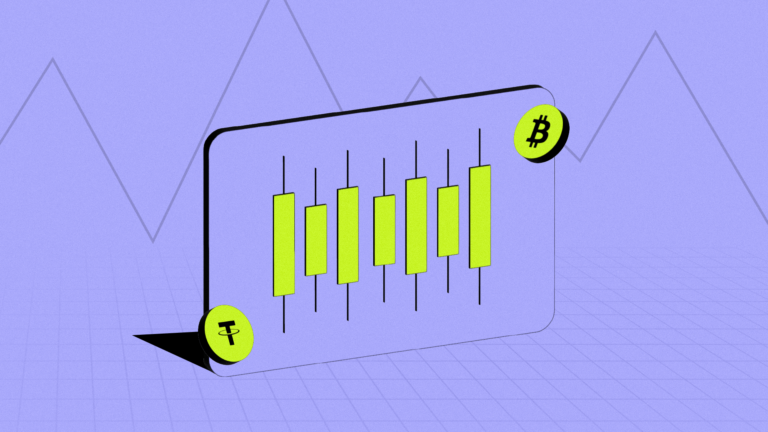The Ethereum community is actively addressing the significant challenge of scalability. Achieving unlimited scalability is crucial for the widespread adoption of the technology. One of the most promising solutions to this issue is Zero-Knowledge Ethereum Virtual Machines (zkEVMs).
This guide provides an in-depth explanation of zkEVMs’ fundamentals and highlights their essential role in scaling Web3 and promoting its widespread adoption. Additionally, we explore various exciting use cases for this innovative technology.
Ethereum Virtual Machines: What are zkEVMs?
Before we get into zkEVMs, let’s get acquainted with zero-knowledge proofs (ZKP), a crucial concept at the heart of zk technology. Essentially, a ZKP is a cryptographic proof allowing one party to prove to another party that they possess certain information without revealing it.
There are several algorithms available today to generate ZKPs. The two most compelling are zk-STARKs and zk-SNARKs. Both are acronyms for the method by which the two parties prove their knowledge: zk-STARK stands for the zero-knowledge scalable transparent argument of knowledge. Meanwhile, zk-SNARK stands for the zero-knowledge succinct non-interactive argument of knowledge.

zkEVMs take an initial state, process transactions, and output an updated state along with a zero-knowledge proof.
Now let’s understand what a zkEVM is. A zkEVM is a zk-rollup that mimics Ethereum’s transaction execution environment and executes smart contracts. It proves the correctness of execution using ZKPs. ZkEVMs recreate aspects of Ethereum’s design and thus provide an “Ethereum-like” experience for developers and users. When combined with roll-up technology, a zkEVM provides unparalleled security and scalability for decentralized applications (DApps) and their users.
A zk-rollup reduces Ethereum’s computational loads by executing transactions in a separate layer-2 (L2) environment. The rollups operator called a sequencer, periodically bundles transactions on the L2 into a rollup batch and submits proof of this to a smart contract on layer-1 (L1) Ethereum.
Why Do We Need To Scale Ethereum?
The Ethereum Virtual Machine (EVM) functions as a distributed computing environment on the Ethereum network. It plays a critical role in enabling the execution of smart contracts and powering various DApps on Ethereum.
The growing number of Ethereum users has led to network limitations resulting in high gas prices, the fees users pay for network usage. Although Ethereum offers security and decentralization, it sacrifices scalability since every network node must re-execute transactions and store the world state.
To address Ethereum’s scalability issues, solutions like sidechains and rollups have emerged. Sidechains run independently alongside L1 Ethereum, while rollups bundle and execute transactions off-chain before posting them to L1. While some criticize these solutions for not directly scaling Ethereum, they offer a scalable, cost-effective off-chain layer for running Ethereum DApps.
Not all scaling solutions are equal. For example, sidechains lack the same level of security as the Ethereum network, relying heavily on the integrity of associated validators. A compromised validator set could lead to funds being illicitly taken from a bridge or users being denied access to their legitimately owned funds through transaction censorship.
Zk-rollups have emerged as highly effective solutions for Ethereum’s scalability. Being “zero-knowledge,” they only require validity proof, not the entire transaction data, reducing block space requirements and making the verification process faster and cheaper than L1 execution.
Prominent zkEVM Projects in the Ecosystem
Several L2 projects have surfaced within the Ethereum ecosystem in recent years. Our focus, however, will be on the four most prominent ones.
zkSync Era
zkSync Era, created by Matter Labs, represents an EVM-compatible zkVM designed to support general-purpose applications. It serves as an upgrade to zkSync Lite and facilitates low-fee ERC-20 token and ETH transfers, swaps, as well as NFT minting and trading.

To achieve EVM compatibility, ZkSync Era adopts a compiler-based approach, where a special compiler converts high-level programming languages like Solidity or Vyper into a format suitable for zkSync zkEVM. While this change introduces some incompatibilities with Ethereum, it offers benefits such as improved proof generation times and reduced costs for end-users. The launch of ZkSync Era on the Ethereum mainnet took place on March 24, 2023.
StarkWare
StarkWare is the developer behind two distinct zk products, namely StarkEx and StarkNet, has gained recognition for popularizing “validiums.” These function as rollup-like structures with off-chain data availability, ensuring superior security through validity proofs compared to other scaling solutions that rely on off-chain data availability.

On April 25, 2023, StarkNet was introduced on the Ethereum mainnet, providing a permissioned scaling service for applications like dYdX, Sorare, ImmutableX, and rhino.fi, while StarkNet serves as a general-purpose rollup optimized for executing Cairo programming language applications.
Polygon zkEVM
It distinguishes itself as an “EVM-equivalent zkEVM,” capable of understanding and processing the same instructions as the Ethereum Virtual Machine. The Polygon zkEVM utilizes STARKs to generate proofs of computational integrity, while a SNARK (generated using PLONK) is employed for L1 verification purposes.

This combination ensures quick proof generation through STARKs and reduced verification costs through a final SNARK proof that attests to the correctness of the STARK proof. On March 27, 2023, Polygon zkEVM made its debut on the Ethereum mainnet.
What are the applications of zkEVMs?
DeFi: Traders and investors can enjoy improved capital efficiency and enhanced liquidity access with minimal withdrawal delays when utilizing a zkEVM rollup. Notably, zkEVMs contribute to substantial cost savings within the DeFi space, as there is no requirement to compensate liquidity providers for quick exits.
Moreover, zkEVM optimization for scalability results in remarkably fast and cost-effective decentralized computer operations, making it a prime choice for peer-to-peer payments and institutional settlements. The Ethereum network’s high decentralization, boasting over 500,000 validators with continuous growth, ensures strong transaction finality guarantees.
Gaming: On-chain gaming applications that handle significant transaction volumes greatly benefit from zkEVMs’ scalability advantages. Apart from the previously mentioned benefits, on-chain gamers also experience reduced costs per transaction due to the inherent data compression capabilities of zkEVMs.
NFTs: The exceptional combination of ultra-low gas fees and high transactions per second on a zkEVM chain makes it an ideal platform for large-scale NFT minting and trading. Additionally, the immediate finalization of withdrawals upon the on-chain verifier contract’s acceptance of the submitted proof ensures a seamless user experience for transferring NFTs to Ethereum L1.
Social media: Another area where zkEVMs are proving useful is social media. For instance, DApps like Lineaster, a decentralized social media platform built by Lens Protocol and deployed on Linea, leverage Linea’s high throughput and low gas fees to enhance their performance.
Conclusion
The Ethereum community’s active pursuit of scalability has led to the development of promising solutions like Zero-Knowledge Ethereum Virtual Machines (zkEVMs). By utilizing ZKPs, zkEVMs offer an “Ethereum-like” experience for developers and users while significantly enhancing scalability.
These zk-rollups reduce computational loads, resulting in faster and cheaper transaction verifications compared to layer-1 execution. With applications in DeFi, gaming, NFTs, and social media, zkEVMs have the potential to drive widespread adoption of Web3 technology and usher in a new era of decentralized applications.
To know more about Zero Knowledge Ethereum Virtual Machines (zkEVMs), go check out SunCrypto Academy.
Disclaimer: Crypto products and NFTs are unregulated and can be highly risky. There may be no regulatory recourse for any loss from such transactions. All content provided is for informational purposes only, and shall not be relied upon as financial/investment advice. Opinions shared, if any, are only shared for information and education purposes. Although the best efforts have been made to ensure all information is accurate and up to date, occasionally unintended errors or misprints may occur. We recommend you to please do your own research or consult an expert before making any investment decision. You may write to us at [email protected].





